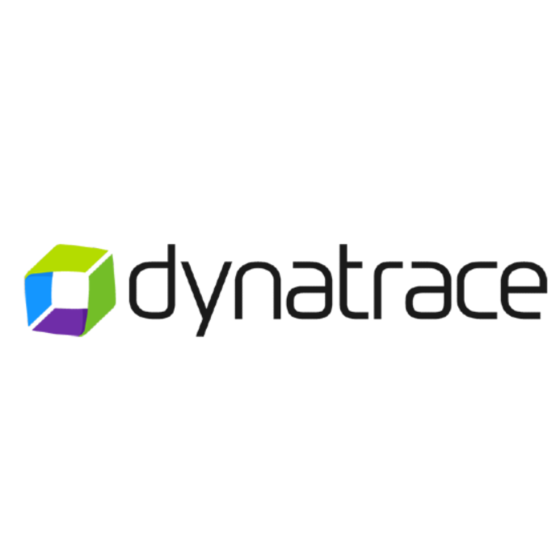In its thirteenth year, the Flexera 2024 State of the Cloud report digs into the cloud computing trends and the pressures facing IT professionals today.
The state of the cloud landscape is depicted via global data from over 750 IT leaders and practitioners.
In my Q&A with Brian Adler, Sr. Director, Cloud Market Strategy at Flexera, we discuss ballooning cloud costs, FinOps, sustainability, AI, and more.
- Seventy-one percent of Flexera’s State of the Cloud respondents are hoping to make progress on cloud cost management in 2024. What do you think is the biggest mistake companies make that prevents them from saving cloud costs? What’s the biggest barrier here?
While some organizations have been operating in the cloud for over a decade, the cloud is still a brave new world for a lot of organizations. Over 70% of survey respondents stated the top initiative for progress this year is optimizing the existing use of cloud or cost savings. This is because the old processes people have used are not going to work anymore or drive the same results.
Even if the work being done is the same, you may be dealing with different environments or using different tools. This is what makes the cloud so difficult to effectively manage for teams who are in the first stages of their cloud journey; IT teams must evolve alongside their cloud use.
Making the necessary improvements, including upskilling employees and seeing the true value in working within the cloud, including the processes and the cross-functional relationships, can include growing pains.
The nice thing about this approach is the opportunity for growth. Automation is a key area for this, and improvements are made constantly. Learning new tools and processes then makes further automation even easier, and eventually ROI is achieved.
Cloud provider terms, features, and capabilities are changing rapidly, requiring organizations to constantly learn new skills or efficiencies. These gains are especially true for organizations that are maturing their cloud presence, and with that maturation comes stronger FinOps practices. Teams that use the same processes and tools that they have always relied on are going to have the biggest problems managing and optimizing cloud costs.
10 Best Cloud Development Platforms
Here's my pick of the 10 best software from the 10 tools reviewed.
- The report found organizations are 15% over budget on public cloud spend but are expected to reach 31% growth next year. How can IT leaders balance the pressure to innovate and grow when they’re already over budget?
This situation is relatively common; every year, cloud teams are over budget, and yet growth is always anticipated. We see the extremely high value of the cloud, so the value of this investment is typically supported or increased.
Many IT leaders are being tasked with driving growth while also ensuring every dollar they spend is as cost-efficient or returns as much value as possible. FinOps is important for this as the entire framework is focused on getting the best bang for your buck on cloud spending.
Finding areas of optimization across your cloud environments is crucial for businesses trying to scale – it’s all about ensuring your ROI matches your efforts. Minimizing spend and increasing cost savings may be a primary goal, but often, this can only be achieved if your organization is not in a period of growth.
If you’re seeking growth and trying to scale, cloud costs will inevitably rise. In order to accurately view ROI on cloud cost within this scenario, the rise in cloud costs should match the scale of growth or exceed it. You ultimately may need to find other areas of cost optimization to free up the budget to pursue new cloud initiatives.
No one ever does this right when they are at the beginning of their cloud journey, and wasted spend is inevitable. Learning from your mistakes and growing is the only way to achieve goals in the cloud while minimizing wasted spend.
-

ShareGate
Visit WebsiteThis is an aggregated rating for this tool including ratings from Crozdesk users and ratings from other sites.4.8 -

Dynatrace
Visit WebsiteThis is an aggregated rating for this tool including ratings from Crozdesk users and ratings from other sites.4.5 -

CloudFuze
Visit WebsiteThis is an aggregated rating for this tool including ratings from Crozdesk users and ratings from other sites.4.3
- Respondents reported 27% of their cloud spend was wasted, which is the lowest percentage the report has ever found. Why do you think this number is finally trending down? What are organizations doing differently, and do you think the percentage will continue to decrease in the coming years?
With the evolution and increased adoption of FinOps, we are finally seeing organizations take control of their cloud spending. A large part of this success is the FinOps Foundation’s work to build an easily implemented framework, which can speak the same language across various business units that need to collaborate for a FinOps practice to be successful.
As many organizations progress in the maturity of their FinOps teams, tangible ROI is being realized in the savings.
Best Cloud Analytics Tools
Want Visibility Into Cloud Spending?
- What data points stood out to you in the findings?
It’s no surprise that cloud cost optimization is the priority when compared to other initiatives like sustainability. Until there are real financial penalties for not investing in sustainability programs, it will not receive the focus it deserves, because the dollar always wins.
That is why Europe leads in this space; their specific sustainability initiatives, like the European Sustainability Reporting Standards, make those penalties a reality for organizations who don’t comply.
However, we were surprised to see how many organizations did have sustainability initiatives. Forty-eight percent of all respondents stated they had sustainability initiatives such as carbon offsets, and the number for European respondents was even higher at 56%.
The fact that half of all organizations have sustainability goals or programs in place is a strong showing, and while Europe leads the pack due to its stricter standards, it’s nice to see growth in this area.
Takeaways
The Flexera 2024 State of the Cloud report paints a clear picture: cloud adoption is booming, but managing costs effectively remains a challenge. While 71% of respondents aim to improve cloud cost management this year, a whopping 27% of cloud spend is still wasted.
So, how can you avoid these pitfalls and optimize your cloud spending?
- Evolve with the Cloud: Cloud environments require new processes and tools. Upskilling your IT team and embracing automation is key to unlocking true cloud value.
- Embrace FinOps: This framework helps you get the most out of your cloud investment by optimizing spend and maximizing ROI.
- Balance Growth with Efficiency: Cloud costs may rise with growth, but the ROI should match or exceed that increase. Seek cost savings in other areas to fuel cloud initiatives.
- Learn from Mistakes: Wasted spend is inevitable during the early stages of cloud adoption. Analyze your mistakes and adapt your approach for continuous improvement.
Subscribe to The CTO Club's newsletter for insights from industry experts and practical tips to optimize your cloud journey.
-

Adverity
Visit WebsiteThis is an aggregated rating for this tool including ratings from Crozdesk users and ratings from other sites.4.5 -

Alteryx
Visit WebsiteThis is an aggregated rating for this tool including ratings from Crozdesk users and ratings from other sites.4.5 -

Tableau
Visit WebsiteThis is an aggregated rating for this tool including ratings from Crozdesk users and ratings from other sites.4.4









